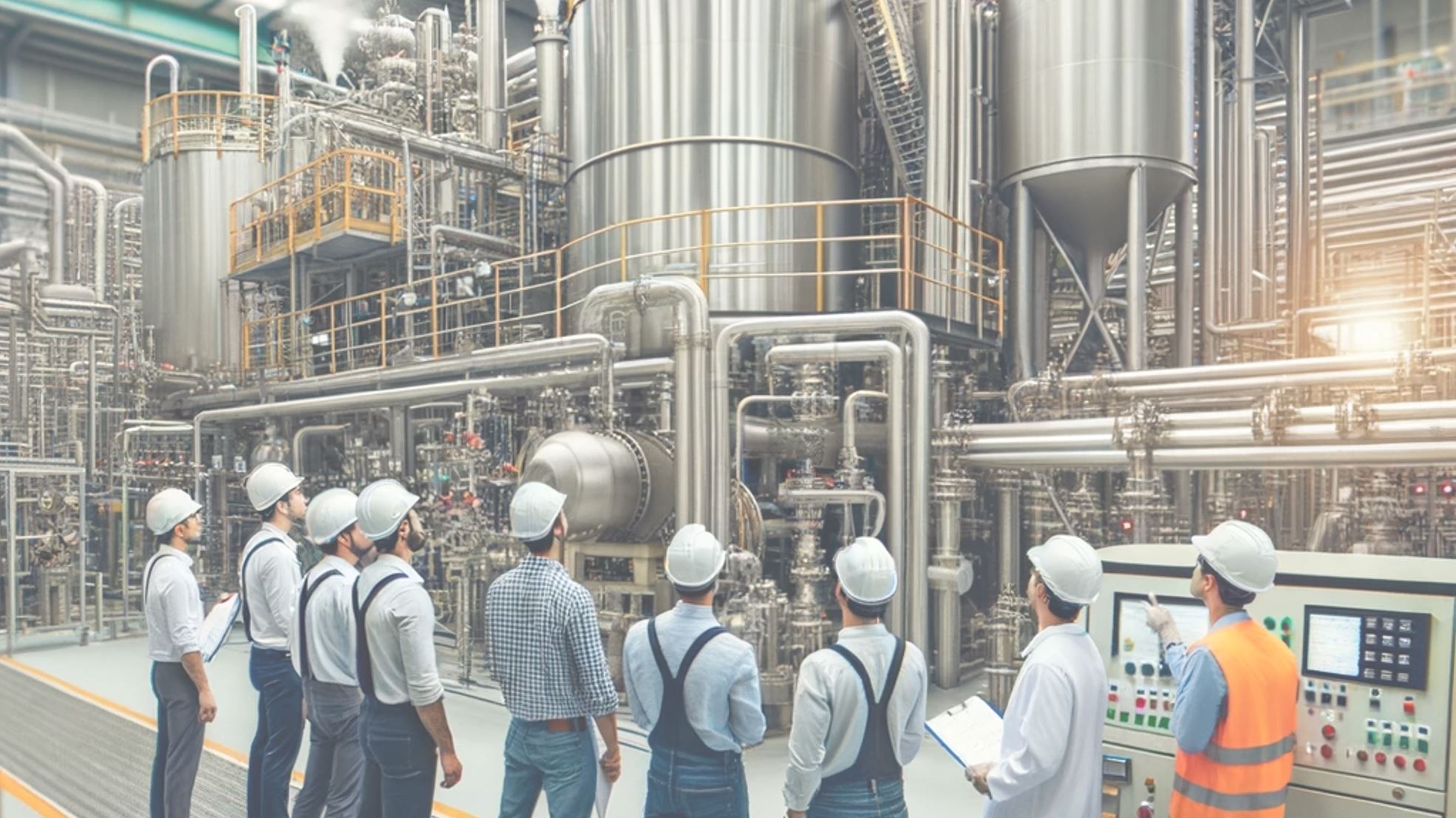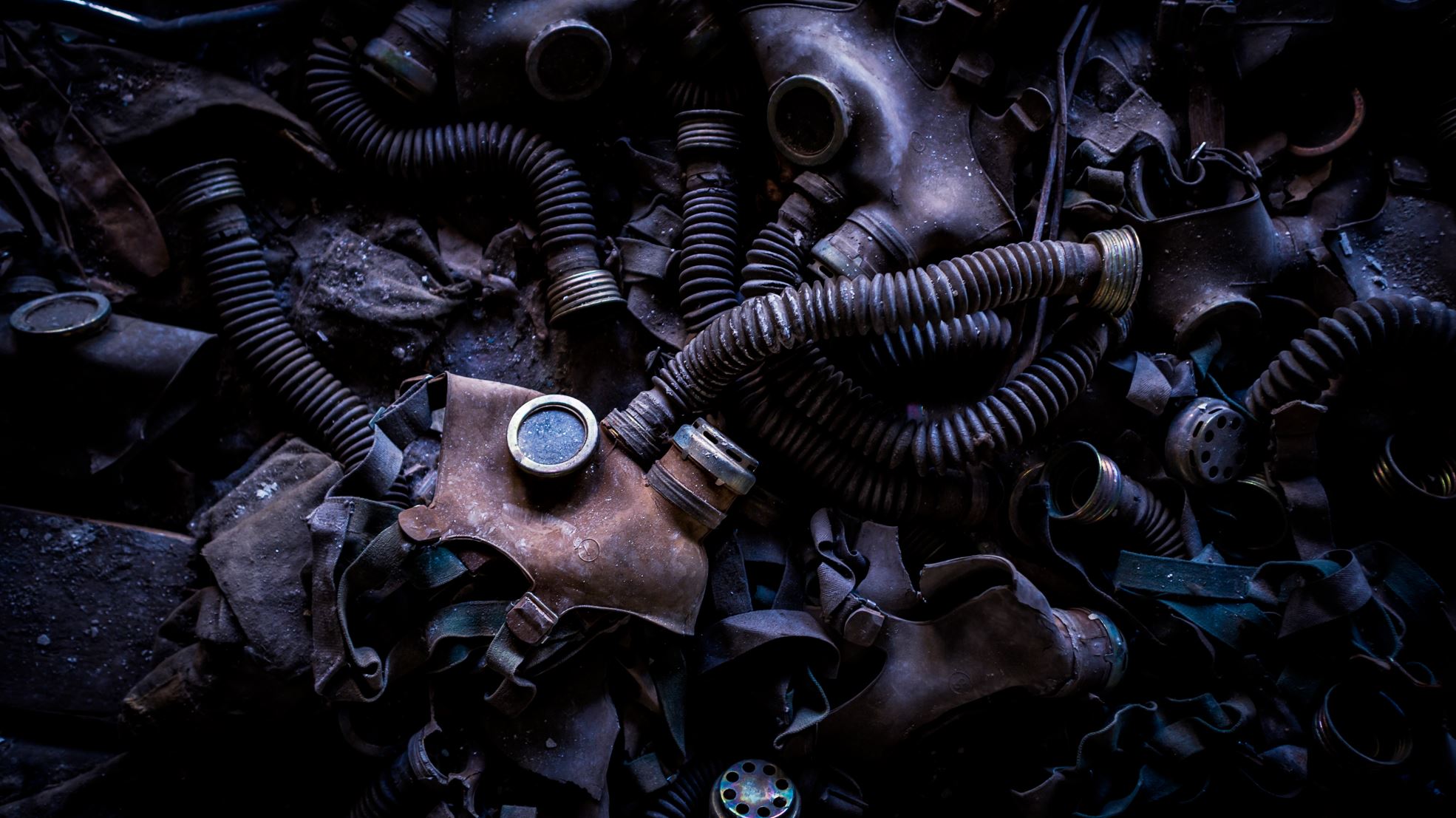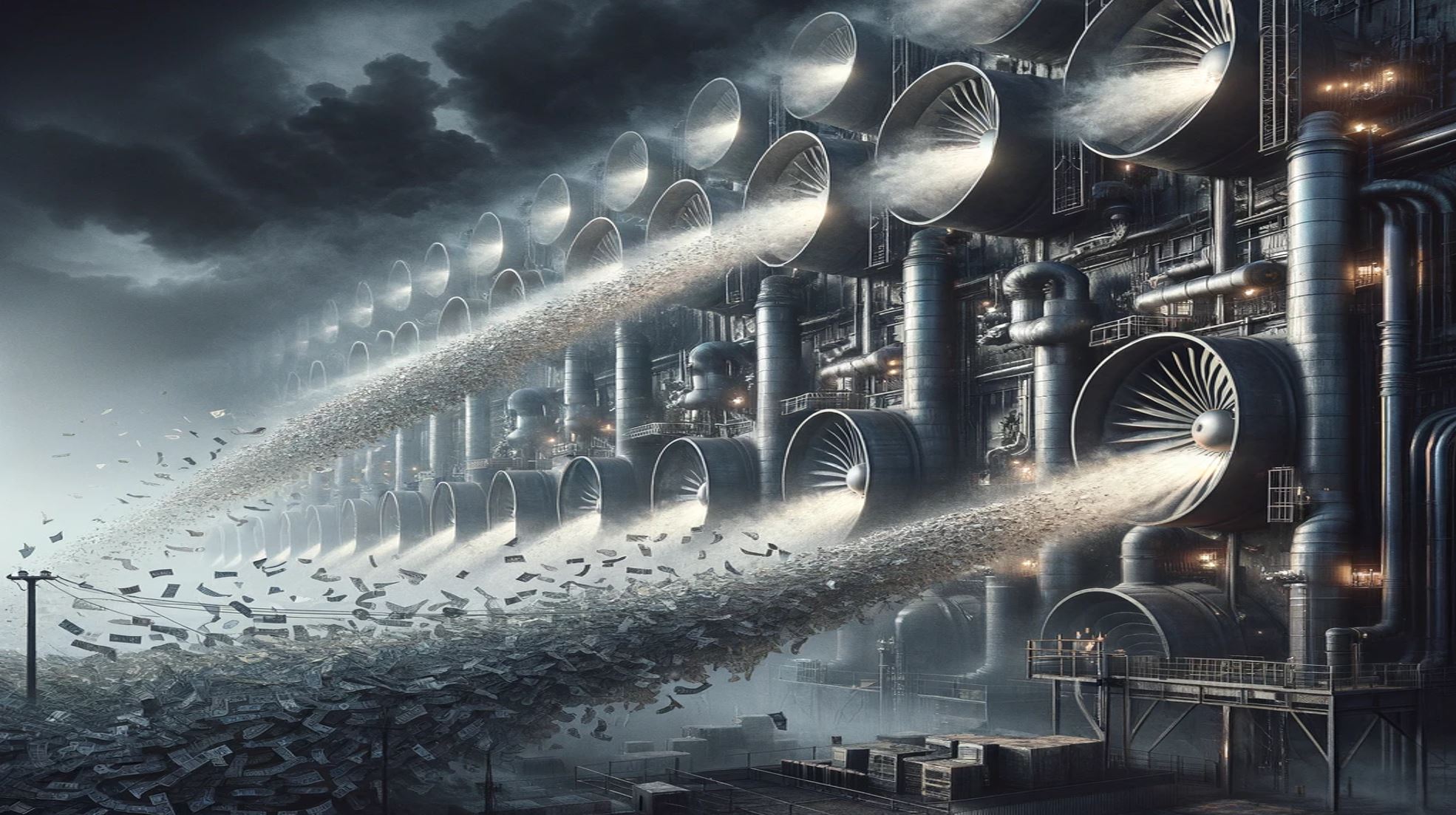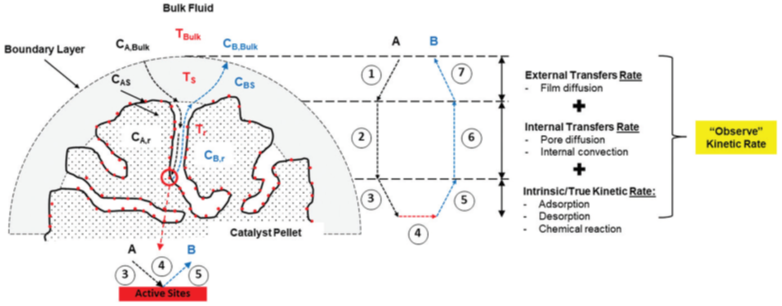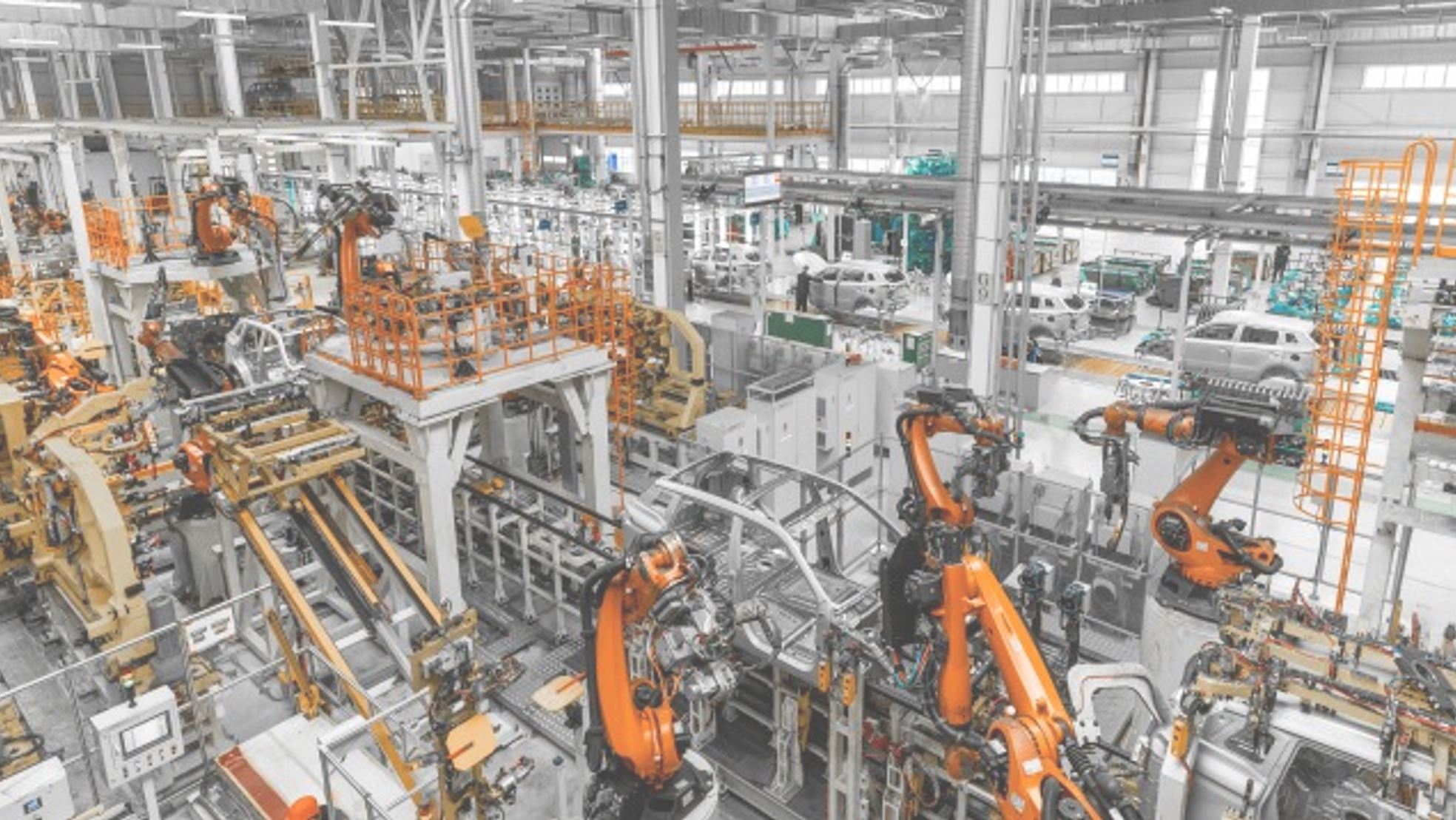Back to Basic
Carbon Capture and Storage (CCS) is a technology for reducing carbon dioxide (CO2) from various emiision sources before releasing into the atmosphere. It’s considered as one of the ways to mitigate the impact of greenhouse gas emissions and thus, fight against global warming and climate change.
The understanding of general process of CCS could be classified into three main steps
This is the first step where CO2 is removed/captured from other gases. Different capture technologies can be used, including post-combustion, pre-combustion, and oxyfuel combustion, each suitable for different types of industries.
High concentration of CO2 needs to be transported to a suitable storage site. This is usually done through pipelines designed specifically for this purpose, though in some cases, ships or trucks may also be used. The CO2 is typically compressed to a dense liquid state to make it easier to transport.
The final step is that Storaged CO2 couldn’t release into the atmosphere. some of technique is typically completed by injecting into the CO2 deep underground of geological formations like depleted oil and gas fields or deep saline aquifers. In some cases, the CO2 is used in Enhanced Oil Recovery (EOR), a process that helps extract more oil from oil fields.
What would be the main challenges in CCS project ?
There are several challenges that could be
- Technical Challenges: While the basic processes involved in CCS, such as capture, transportation, and storage are individually well understood, the integration of these processes and their upscaling pose significant technical challenges. There is also the challenge of ensuring long-term storage integrity – in other words, guaranteeing that CO2 remains securely stored over hundreds to thousands of years
- High Costs: CCS technologies are currently expensive to implement and operate. The extra energy needed to capture and compress CO2 significantly increases the costs of production of when industries are implemented with CCS technology.
- Infrastructure Requirements: The storage and transport infrastructure required for CCS is massive. Safe storage sites are often not located near emission sources, necessitating extensive transport systems. There’s also a need for properly storaging at site characterization, monitoring, and verification activities.
- Commercial Viability: It might need carbon pricing systems in place that could make CCS commercially viable. Without substantial financial incentives, it’s difficult for CCS to compete with other, cheaper forms of low-carbon energy production.
- Perception: As with many new technologies, public understanding and acceptance of CCS is not universal. Some view it as a necessary technology for addressing climate change, while others see it as a way to prolong the use of fossil fuels. Issues related to safety, health and environmental impacts (including potential CO2 leaks and their consequences) also affect public perception.
- Long-term Monitoring and Liability: After CO2 be injected into a storage site, it needs to be monitored to ensure unleakage CO2. The duration for which this monitoring needs to happen is unclear and could be for centuries. This raises questions about who would be responsible for this long-term monitoring
- Environmental Concerns: there are still environmental risks associated with it. There’s a potential for leakage of CO2 from storage sites, which could have negative impacts on both local ecosystems and the global climate. Additionally, the extraction, transport, and injection of CO2 all have environmental impacts that need to be managed.
Effect of chemical impurity against CCS technologies
- Sulfur Compounds: These include sulfur dioxide (SO2), hydrogen sulfide (H2S), and other sulfur compounds. They are corrosive and can cause damage to the equipment used in the capture, transport, and storage processes. These compounds can also form sulfuric acid when combined with water, which is highly corrosive.
- Nitrogen Oxides: Nitric oxide (NO) and nitrogen dioxide (NO2), collectively referred to as NOx. They can affect the performance of certain capture technologies and also contribute to the formation of acid rain.
- Water: it can increase the volume of the gas stream, making it more difficult to compress and transport. It can also lead to the formation of corrosive acids when combined with other impurities like SO2 or NOx.
- Trace metal & element: arsenic, mercury, and other heavy metals can be produced during combustion, depending on industry. These can increse environmental and health risks.
- Oxygen: Although not harmful in itself, oxygen can increase the risk of corrosion in pipelines and storage sites. It can also increase the volume of the gas stream, making compression and transportation more energy-intensive
- Solid particles: it can cause abrasion and damage to equipment. They can also affect the efficiency of certain capture technologies.
- Hydrocarbons: some of mixture hydrocarbons such as methane, ethane, and others could affect the efficiency of certain capture technologies and might pose a risk of explosion in certain conditions.
Key takeaway
CCS offers a promising wey for reducing CO2 emissions and mitigating climate change, especially for hard-to-decarbonize sectors. However, it’s not a simple solution to a complicated problem. The feasibility and success of CCS projects will depend on a combination of technical, economic, regulatory, and social factors.





